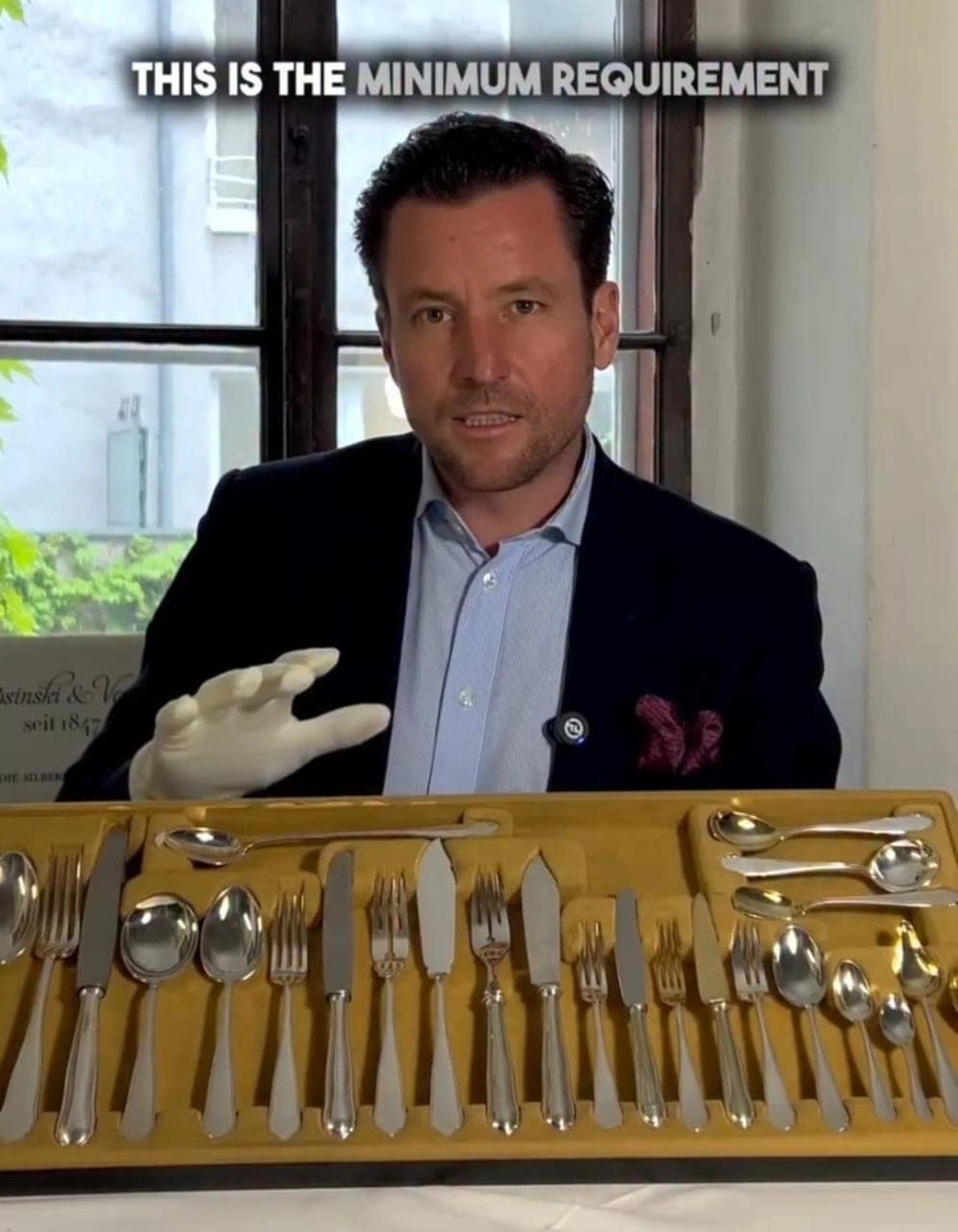A recent viral video has stirred up quite the conversation online by listing over a dozen different types of spoons as a “minimum requirement” for a well-equipped kitchen. This unexpected take on kitchen essentials has not only amused viewers but also sparked a lively debate about the necessity of such an extensive collection. The video highlights various spoons, ranging from the standard tablespoon and teaspoon to more specialized varieties like soup spoons, dessert spoons, and even caviar spoons. Many viewers found the idea of owning so many spoons rather excessive, leading to a flood of humorous comments and suggestions on social media.
In response to the video’s somewhat overwhelming requirements, many users have playfully advised embracing a more primal approach to dining: eating with hands. This suggestion, while tongue-in-cheek, reflects a growing trend of simplifying lifestyle choices in an age where consumerism often dictates our habits. Eating with hands is not just a cultural practice in many parts of the world; it can also foster a more intimate connection with food. This shift toward minimalism resonates with those who feel overwhelmed by the excesses of modern life, including the clutter of kitchen utensils.
The clash between the video’s extravagant spoon list and the internet’s preference for simplicity highlights a broader conversation about consumer culture and practicality in our daily lives. With countless kitchen gadgets and utensils marketed as essential, it’s easy to lose sight of what truly makes cooking and dining enjoyable. Instead of accumulating a vast array of spoons, many are now advocating for a more thoughtful selection of tools that genuinely enhance the cooking experience. This dialogue encourages people to reflect on their habits and consider what is truly necessary in their kitchens.
Ultimately, the viral video serves as a humorous reminder that while it’s fun to explore the myriad options available for culinary tools, sometimes the simplest methods—like using our hands—can bring us the most joy. Whether it’s sharing a meal with loved ones or enjoying the tactile experience of food, the essence of dining lies in connection and enjoyment rather than the number of utensils we possess. With this newfound perspective, many may find themselves reassessing their kitchen setups, leaning towards minimalism, and embracing the joy of eating in a more natural and unencumbered way.




